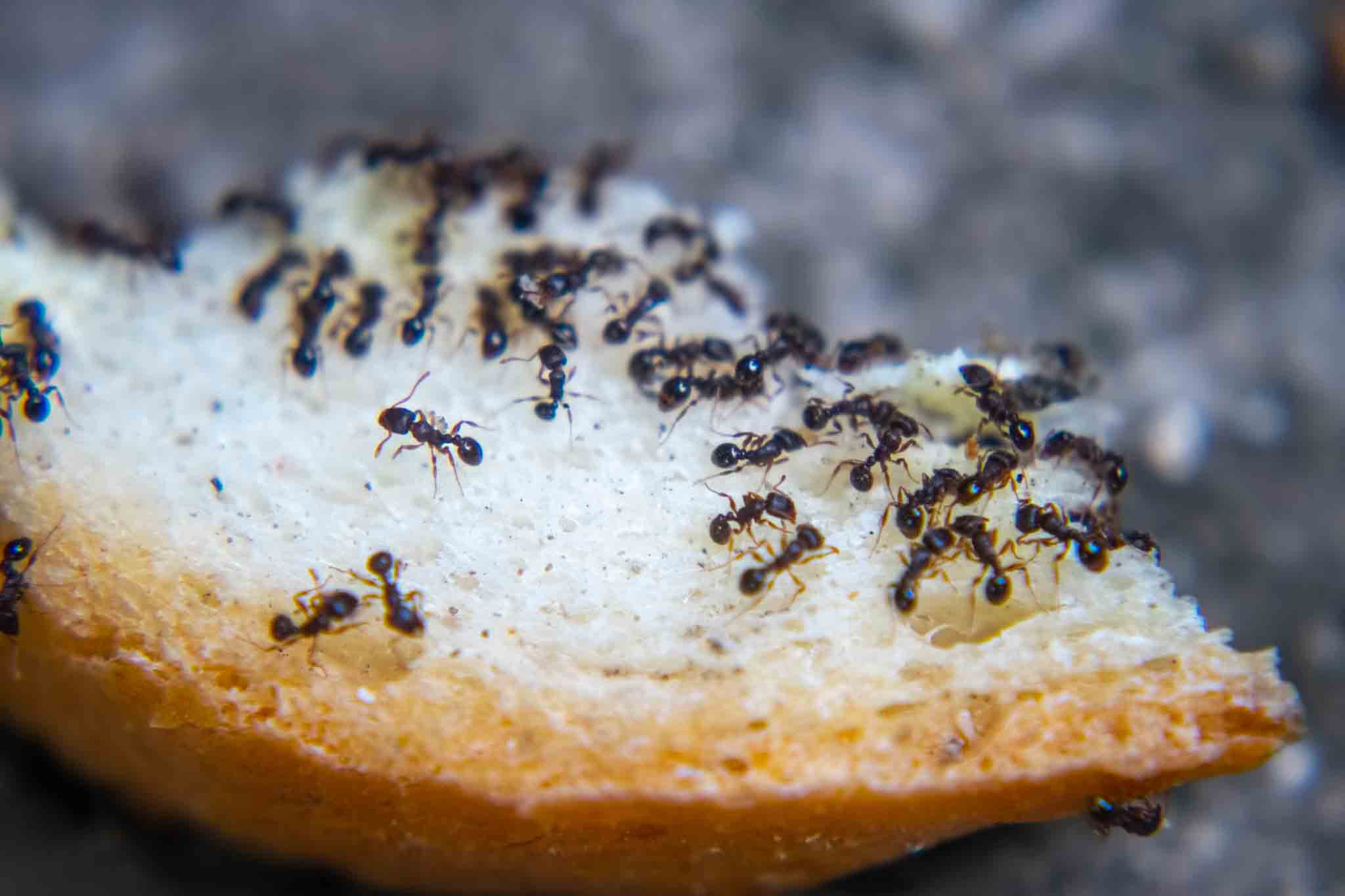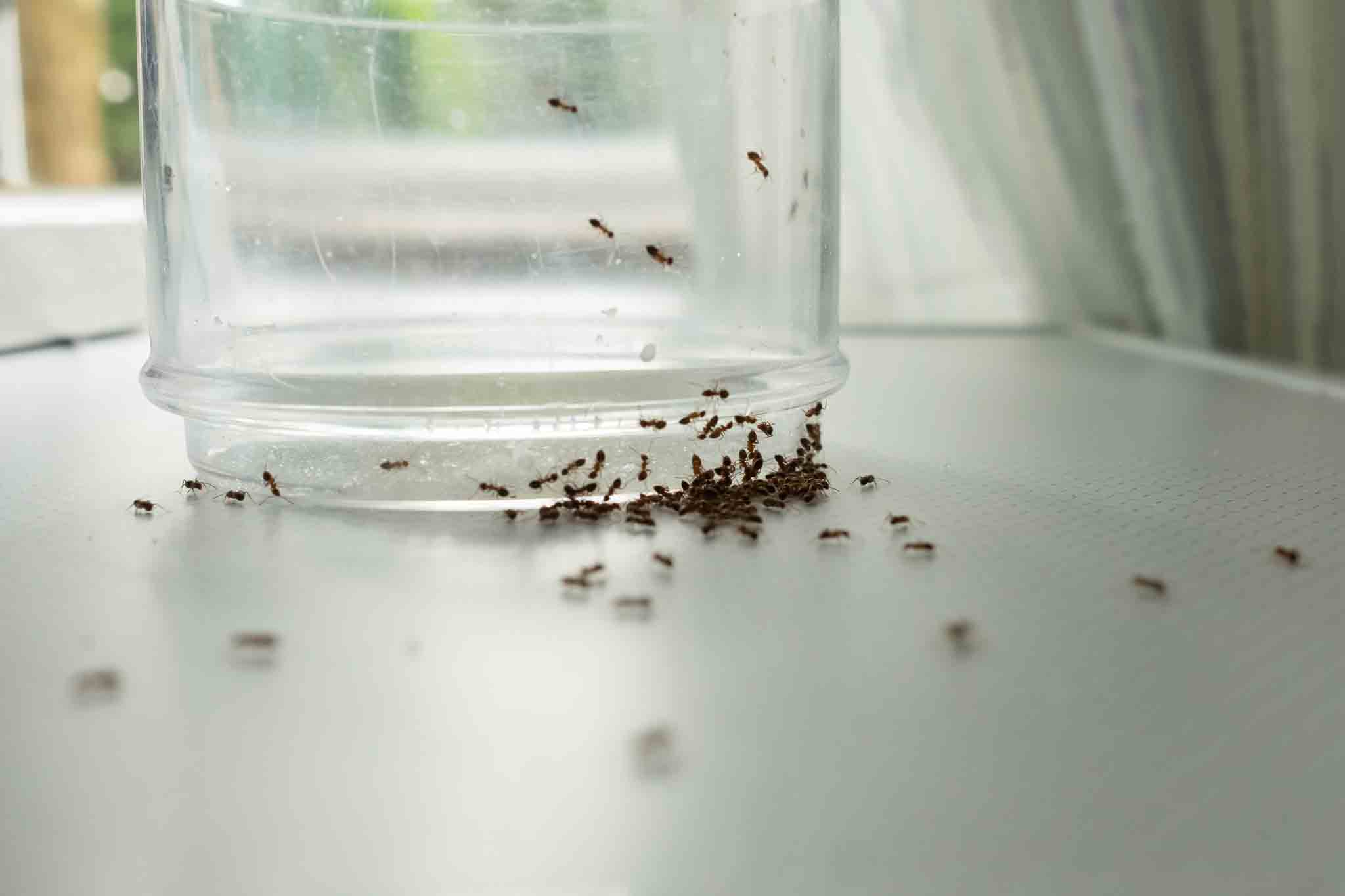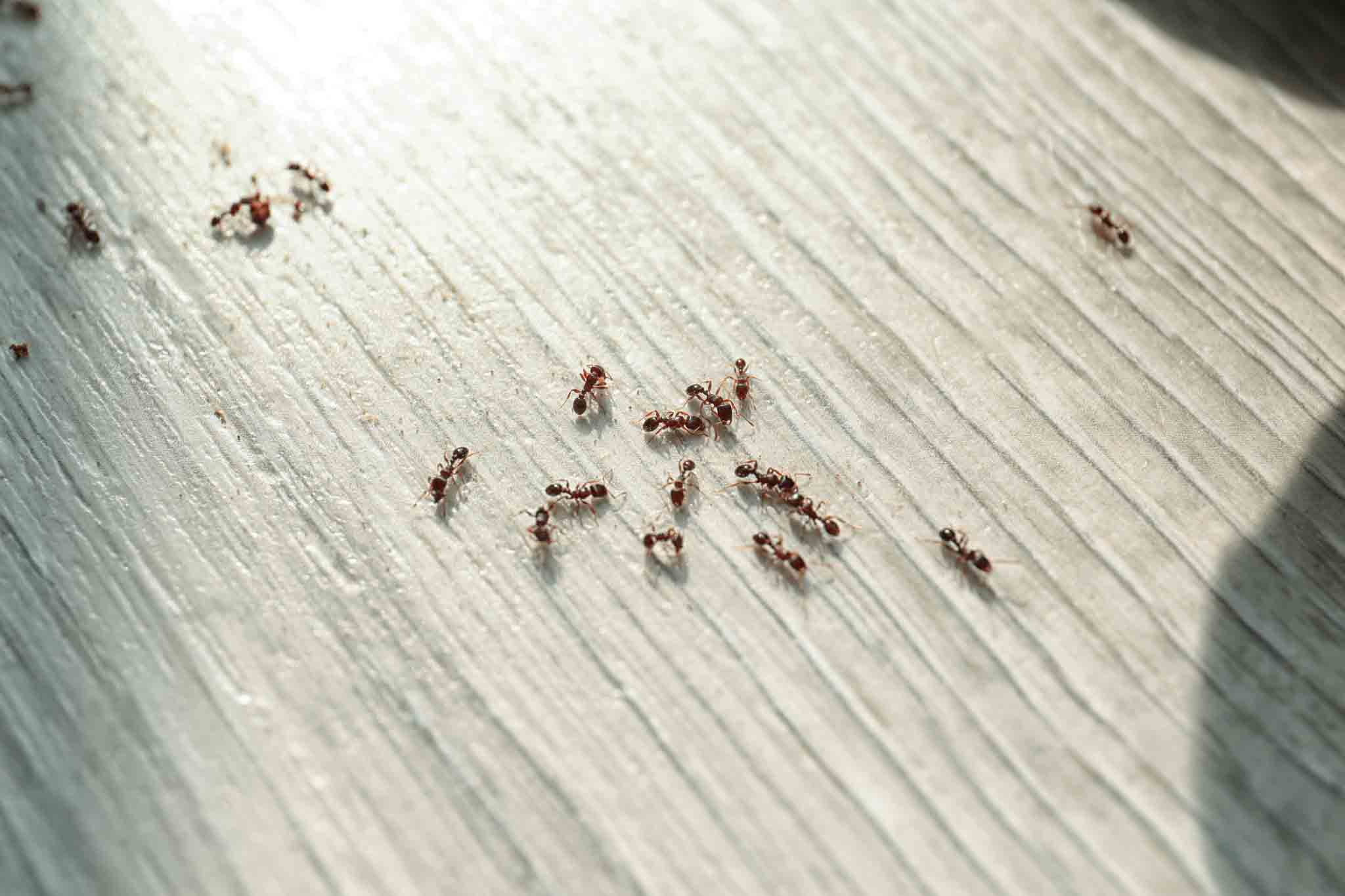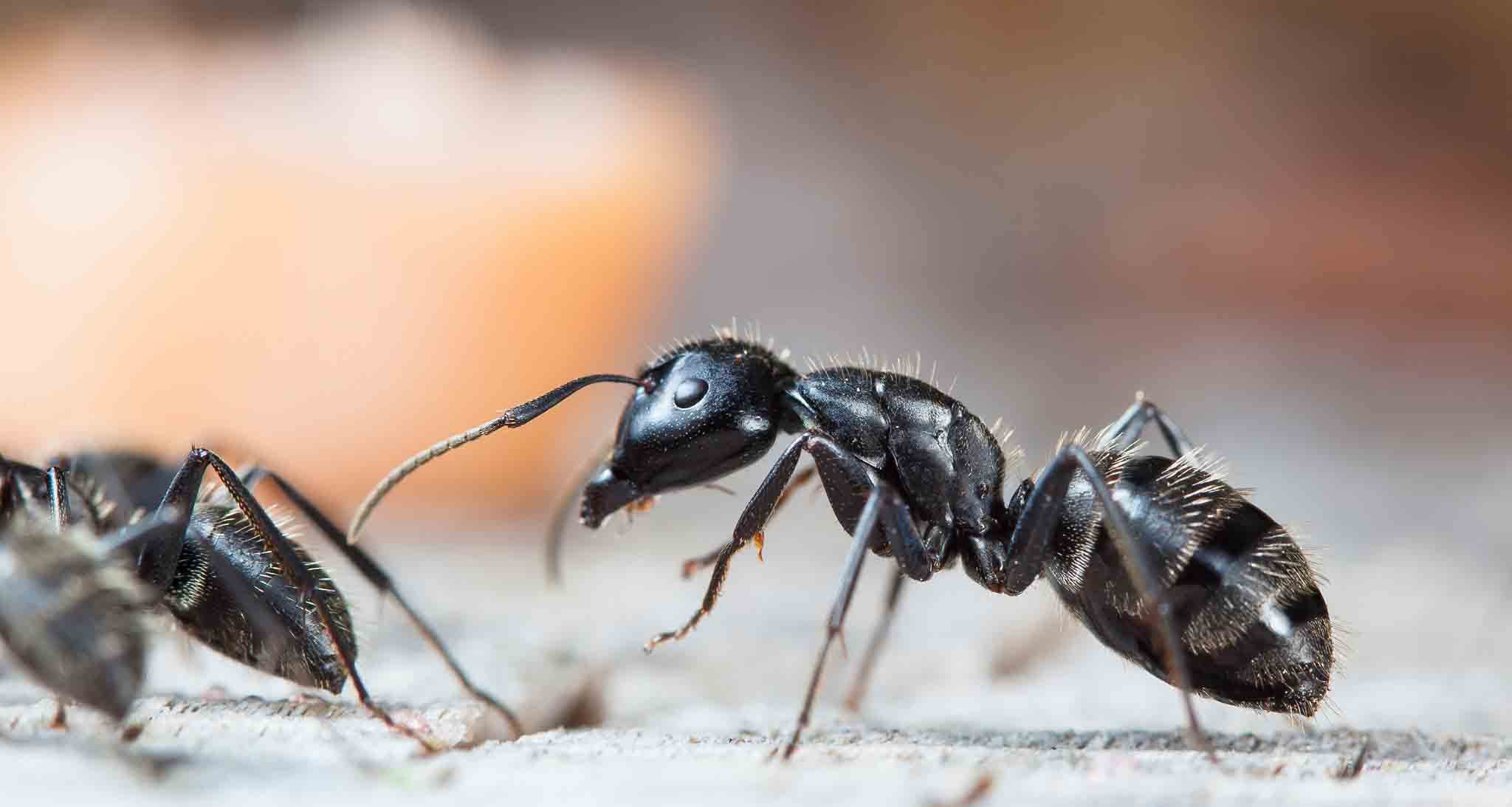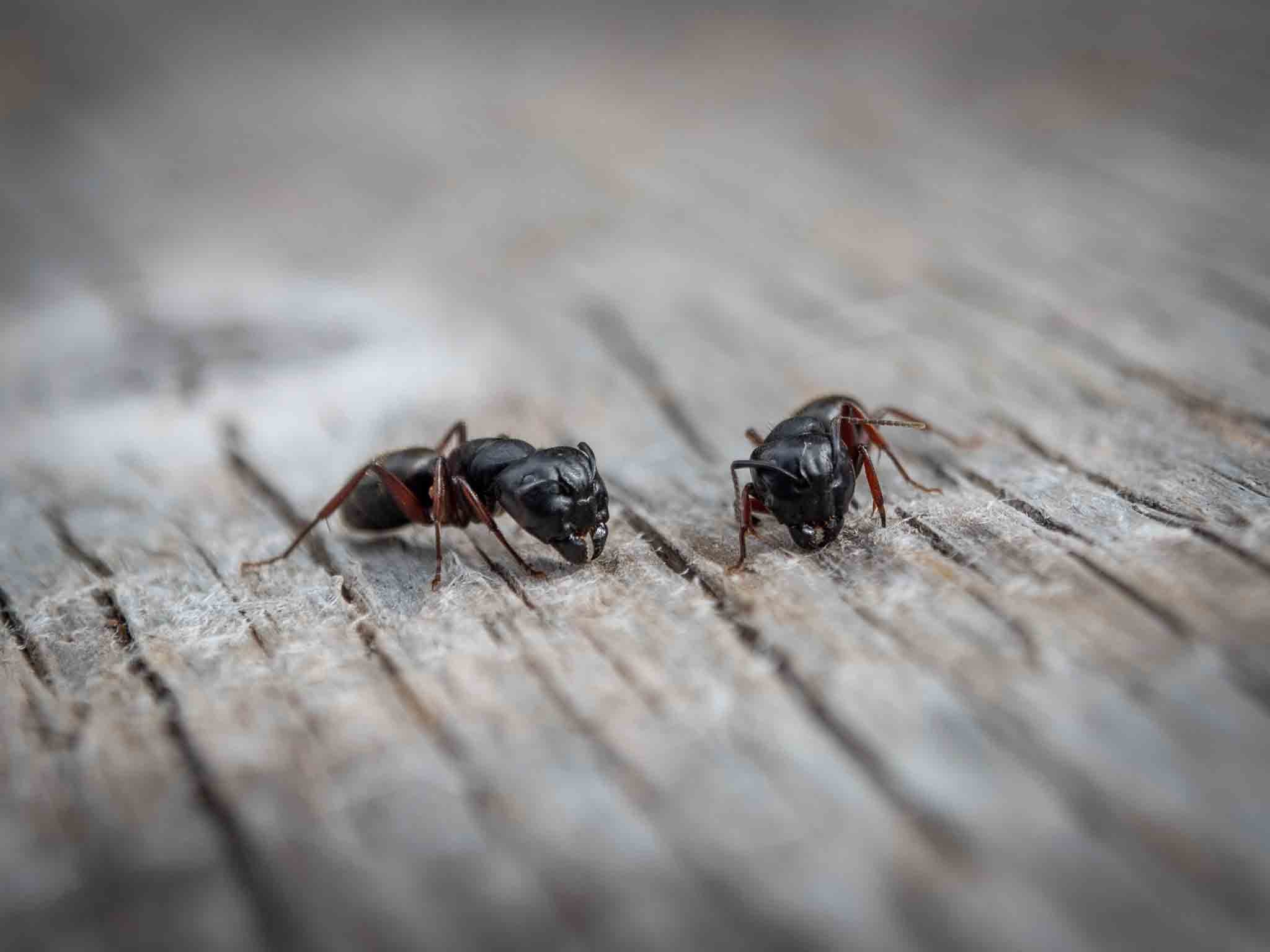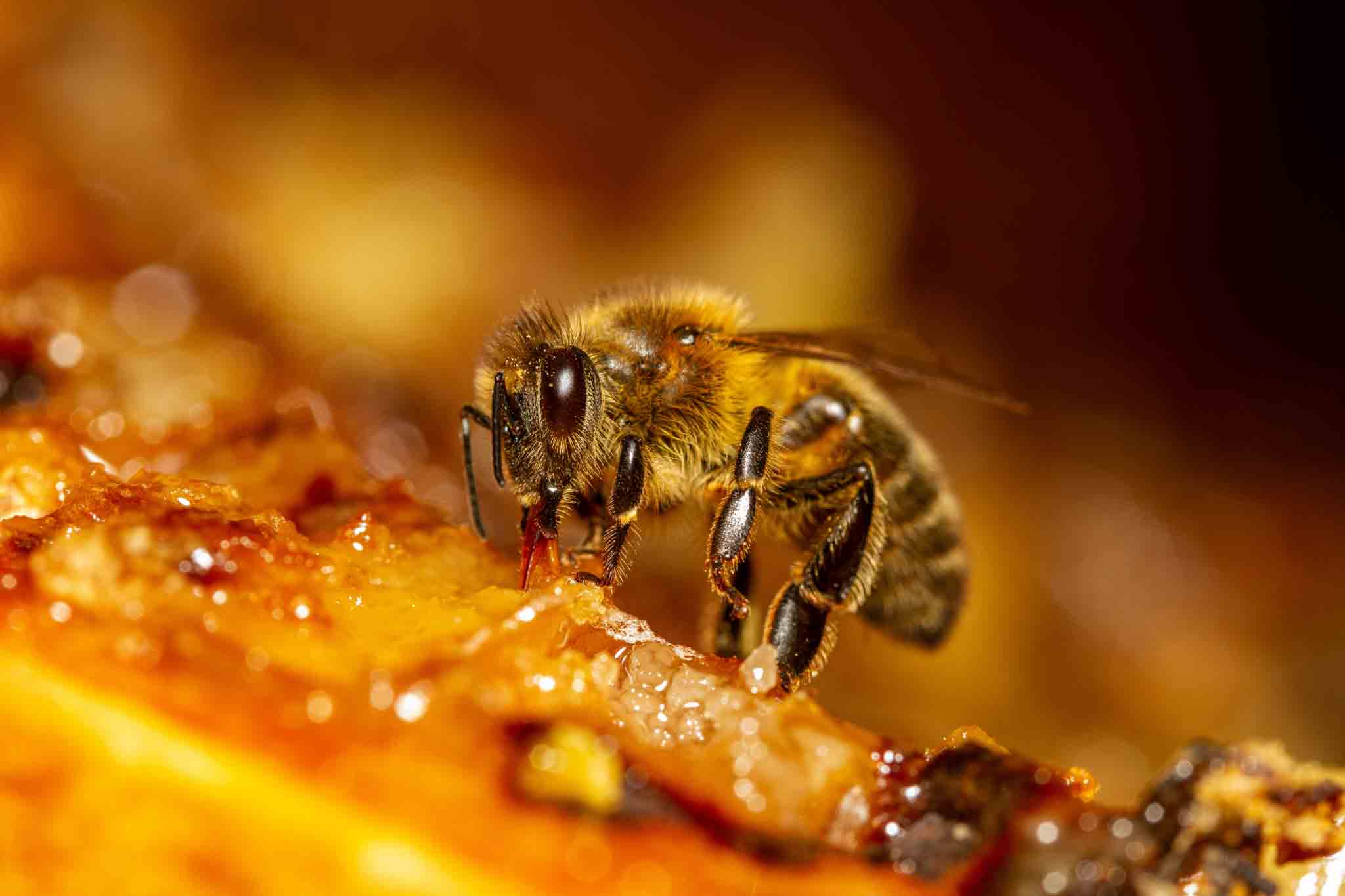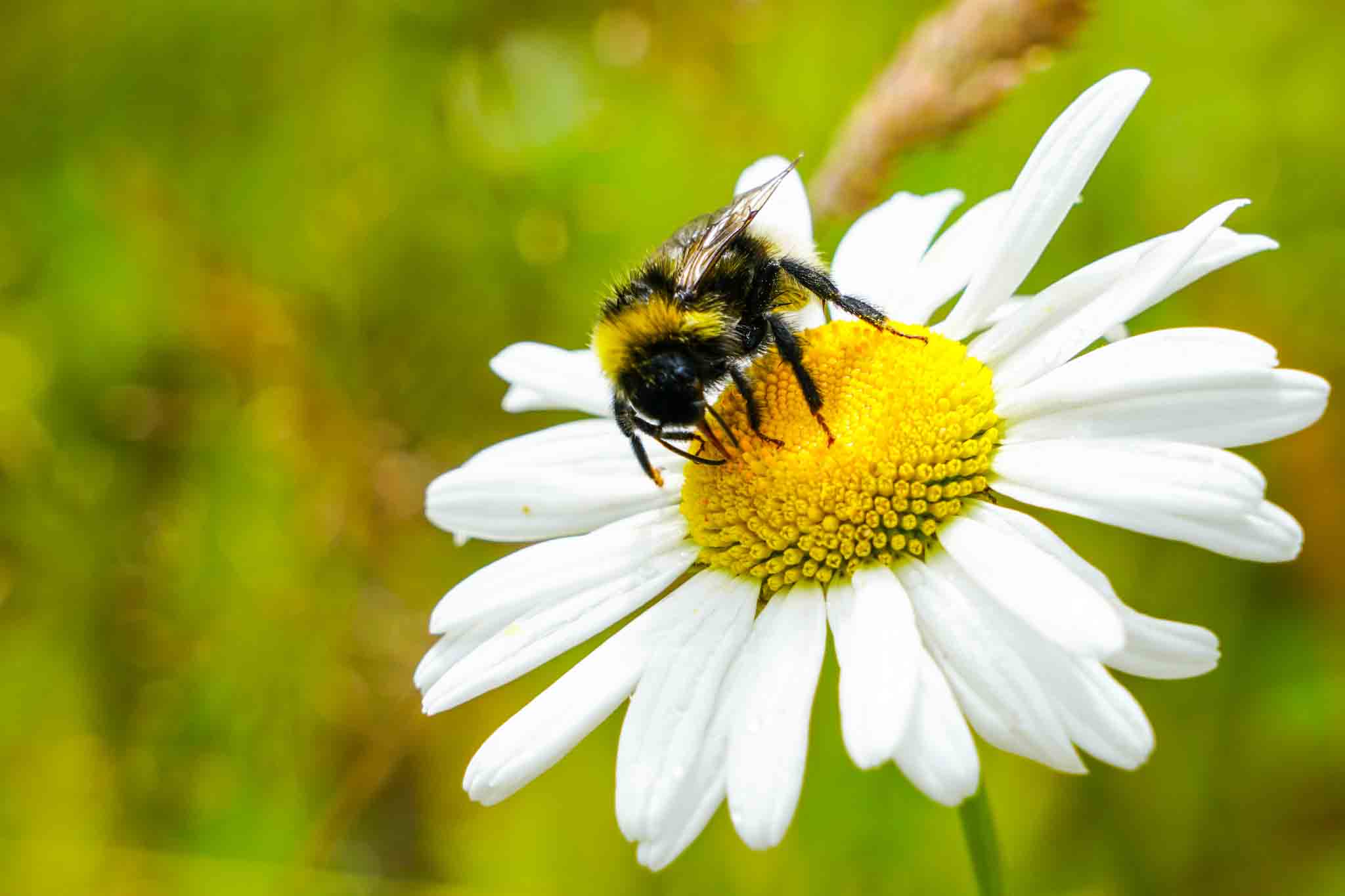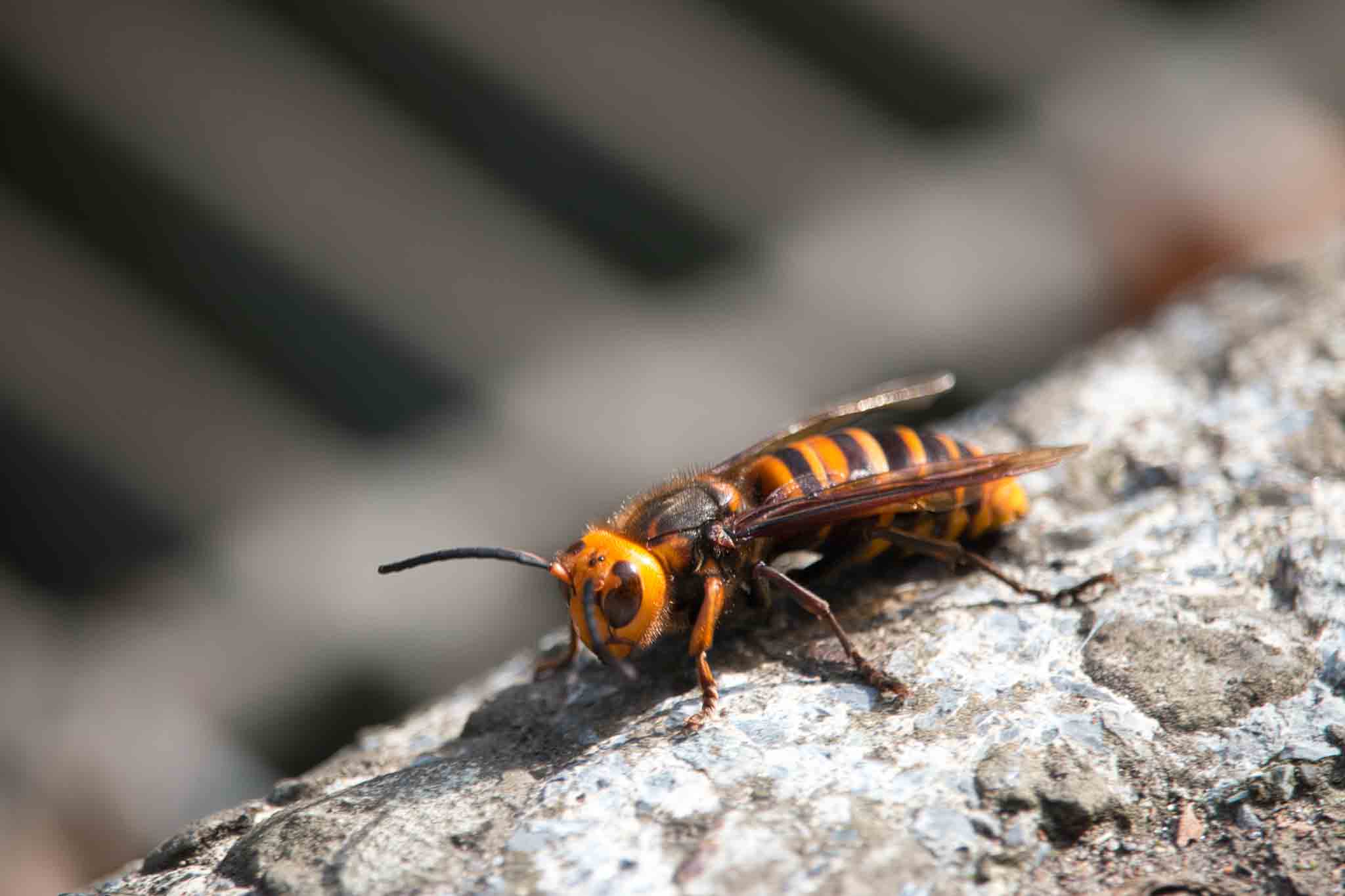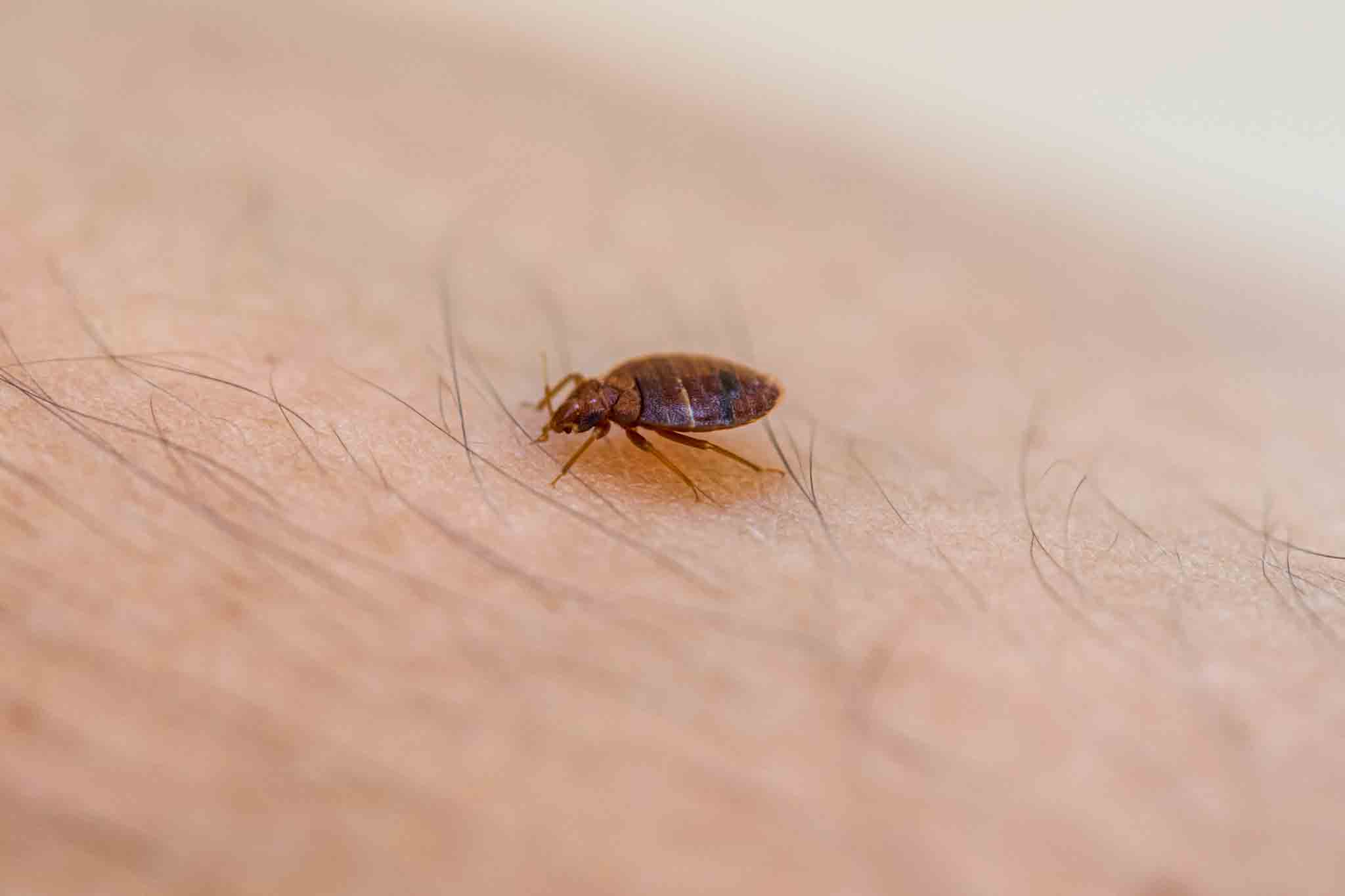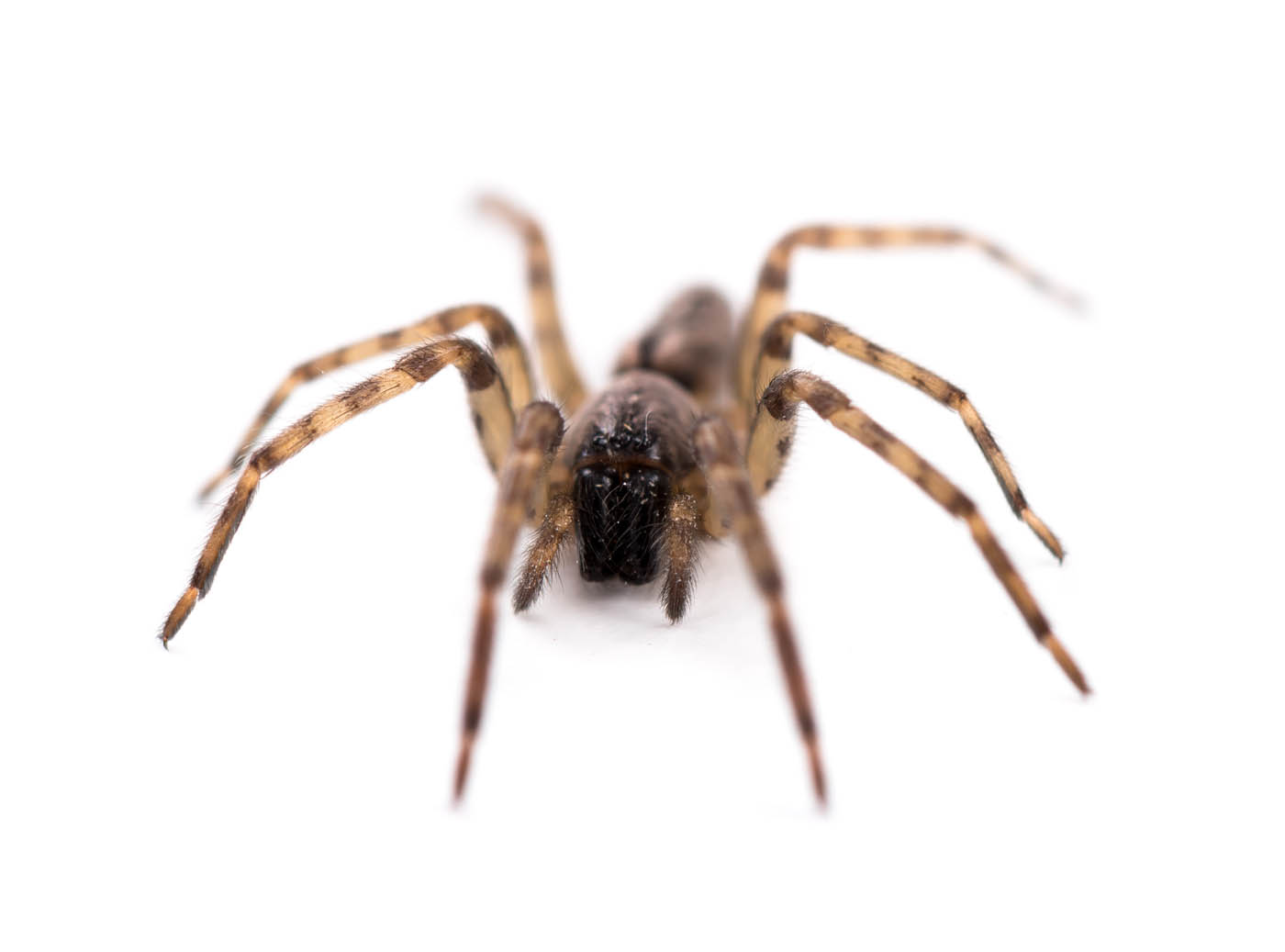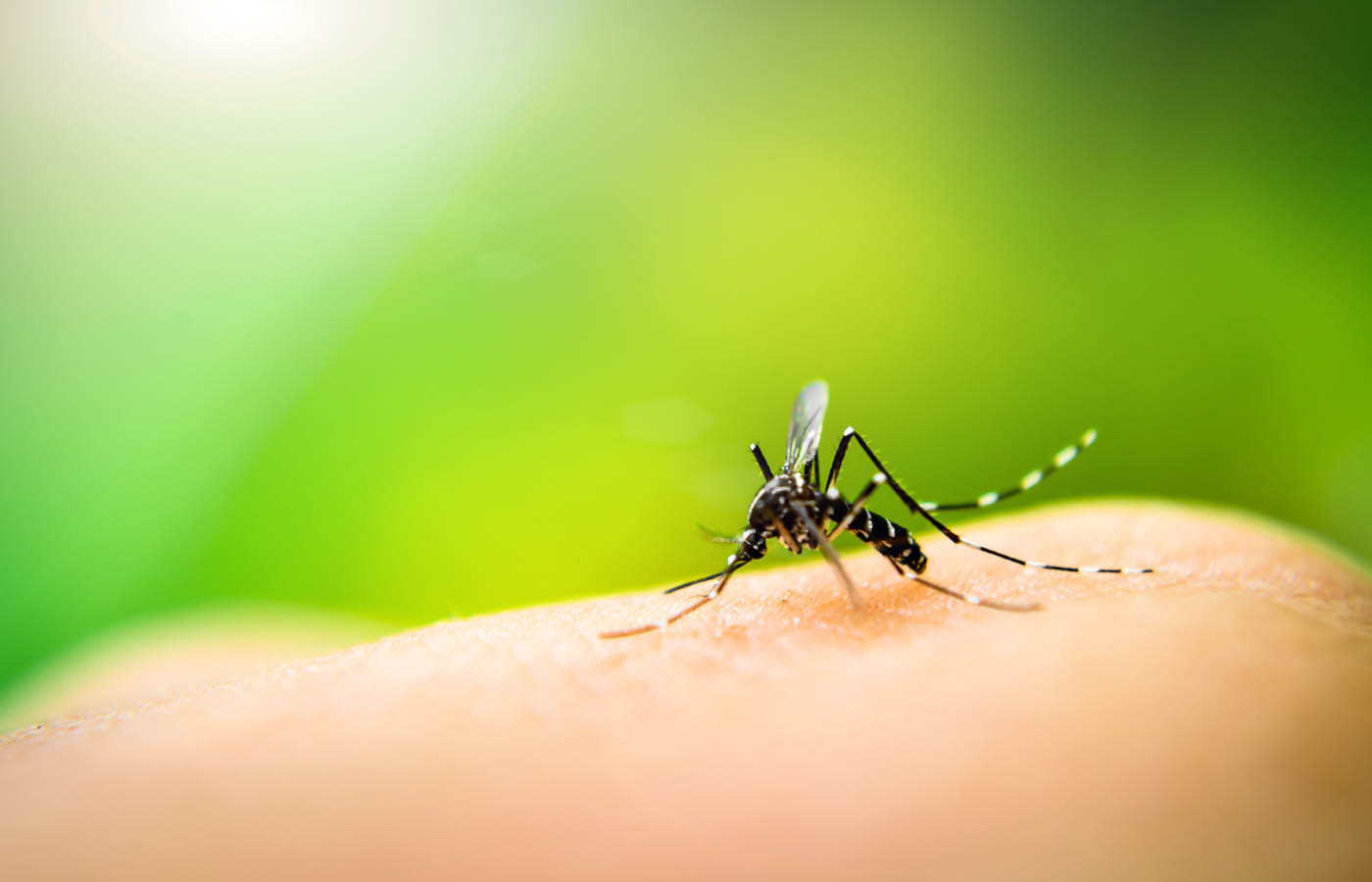Ants
Queens ants are a common household pest that can invade your home in search of food and water. With their ability to build colonies quickly, a small infestation can soon become a major problem. Our Queens Ant Pest Library provides comprehensive information on various ant species, their habits, and the best prevention and control methods to keep your home ant-free
